Full Automatic Constant Pressure Variable Frequency Water Supply Equipment is a new generation of hi...
See DetailsHow the Vertical Cooling Tower Pipeline Boost Pump Optimizes Water Circulation
Industry News-In the realm of industrial cooling systems, efficient water circulation is important to maintaining proper temperatures, enhancing system longevity, and reducing energy consumption. One critical component that ensures smooth and effective water movement is the Vertical Cooling Tower Pipeline Boost Pump. This specialized pump plays a vital role in enhancing the hydraulic performance of cooling towers by maintaining sufficient pressure and flow within the piping network.
A Vertical Cooling Tower Pipeline Boost Pump is specifically designed to increase the water pressure in the return or supply lines of cooling tower systems. These systems are commonly used in large-scale operations such as power plants, chemical manufacturing facilities, and HVAC systems for commercial buildings. Without proper water flow and pressure, cooling towers cannot efficiently dissipate heat, which may result in system failures or reduced operational performance.
Unlike standard pumps, the Vertical Cooling Tower Pipeline Boost Pump is installed vertically within the pipeline. This orientation not only saves valuable floor space but also offers improved hydraulic efficiency. The pump's vertical design allows for a more compact installation and easier integration into existing pipeline systems, particularly in tight mechanical rooms or congested equipment areas.
One of the significant advantages of the Vertical Cooling Tower Pipeline Boost Pump is its ability to operate under varying load conditions. In large-scale cooling systems, water demand fluctuates based on ambient temperature, load requirements, and system operation cycles. These pumps are engineered with advanced impeller designs and robust motor systems to handle such fluctuations efficiently. The result is consistent pressure and flow, regardless of the changing operational dynamics.
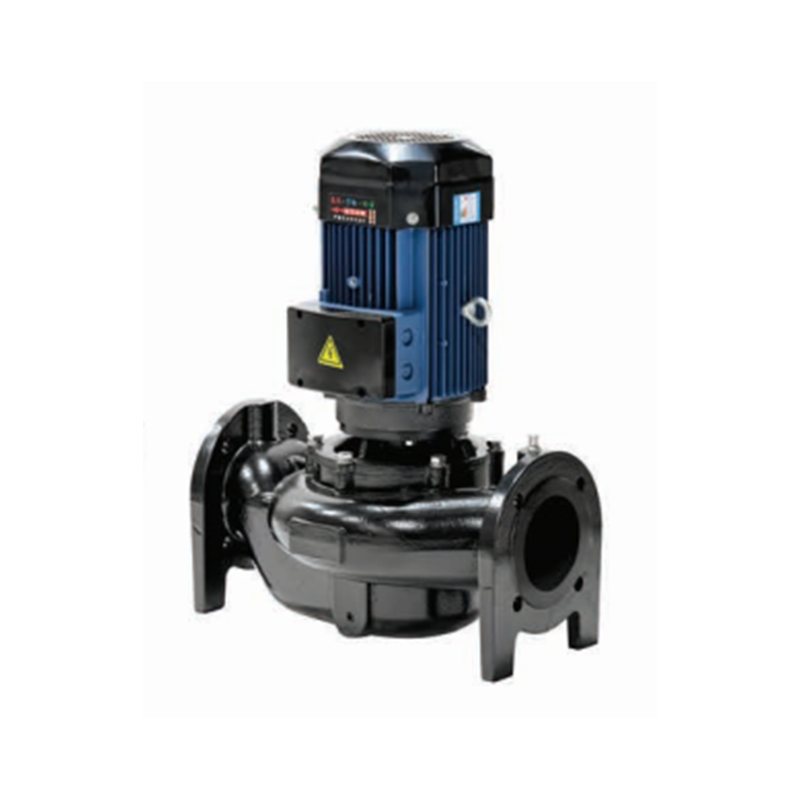
In terms of construction, the Vertical Cooling Tower Pipeline Boost Pump is typically built using corrosion-resistant materials such as stainless steel or specialized alloys. This ensures durability and longevity, even when exposed to chemically treated cooling water. Many models also come equipped with features like mechanical seals and precision bearings to reduce maintenance needs and enhance operational reliability.
Energy efficiency is another key benefit of using a Vertical Cooling Tower Pipeline Boost Pump. With energy costs on the rise, optimizing every component in a cooling system becomes essential. These pumps often feature variable frequency drives (VFDs), which allow operators to adjust pump speed based on real-time demand. By avoiding constant high-speed operation, the pump conserves energy and reduces operational costs over time.
Installation and maintenance of the Vertical Cooling Tower Pipeline Boost Pump are relatively straightforward. Since the pump is integrated directly into the pipeline, it requires fewer fittings and support structures compared to horizontal pumps. Maintenance typically involves checking alignment, inspecting seals and bearings, and ensuring electrical components function correctly. Many pump manufacturers also offer modular designs, enabling quick replacement of worn components without dismantling the entire system.
From an engineering standpoint, the Vertical Cooling Tower Pipeline Boost Pump must be carefully sized and selected to match system requirements. Factors such as head pressure, flow rate, pipe diameter, and elevation changes play a crucial role in determining the correct pump specification. Engineers often use advanced modeling software to simulate pump performance and ensure good integration into the cooling loop.
Additionally, the Vertical Cooling Tower Pipeline Boost Pump contributes to overall system resilience. By maintaining proper water circulation, it helps prevent issues like scale buildup, thermal imbalance, and microbial growth within the cooling system. These factors are vital for maintaining not only mechanical efficiency but also health and safety standards in industrial environments.


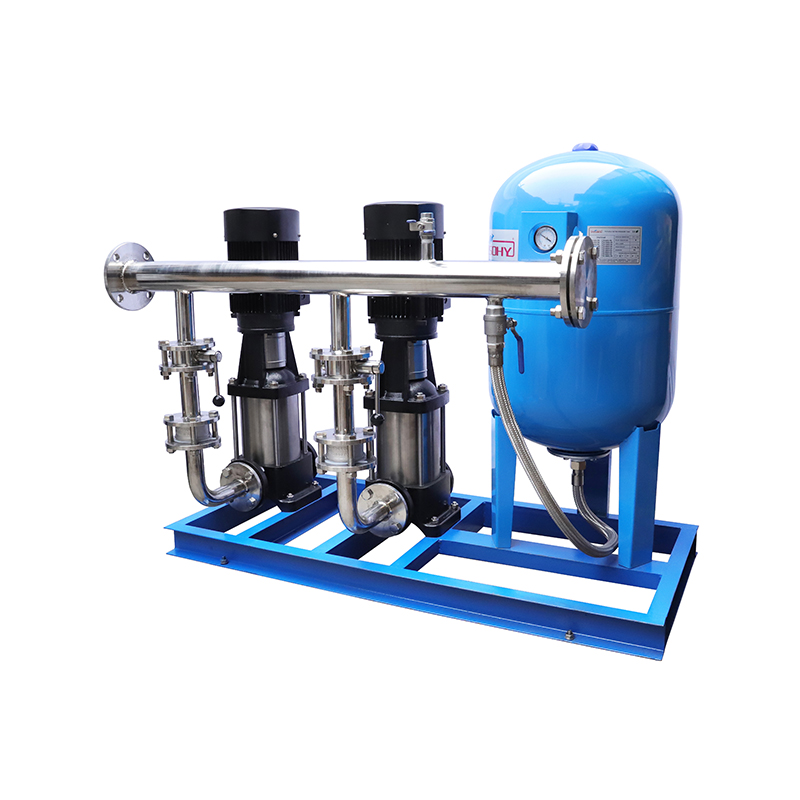

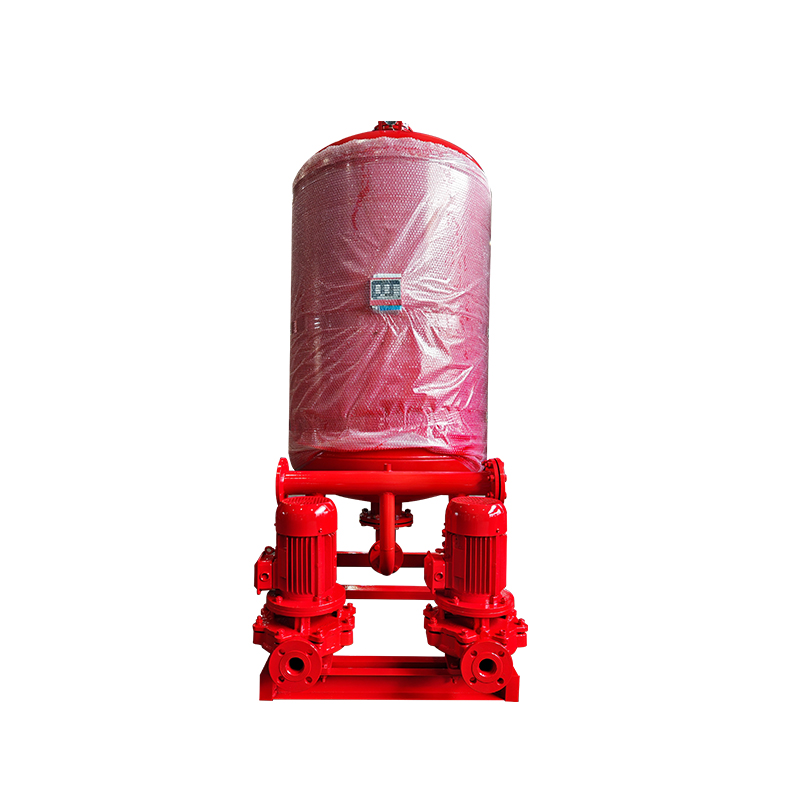


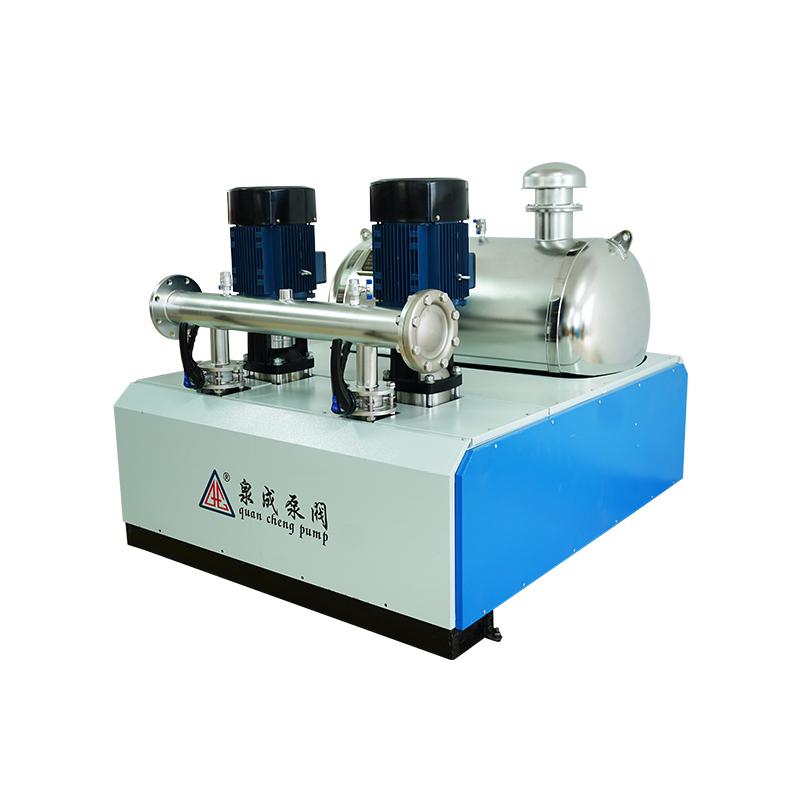
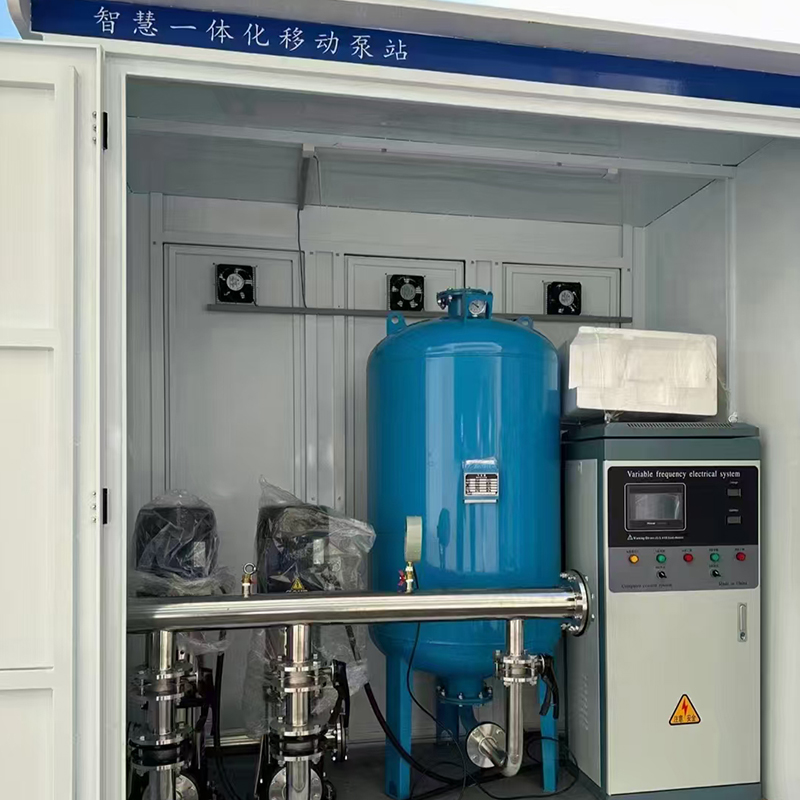
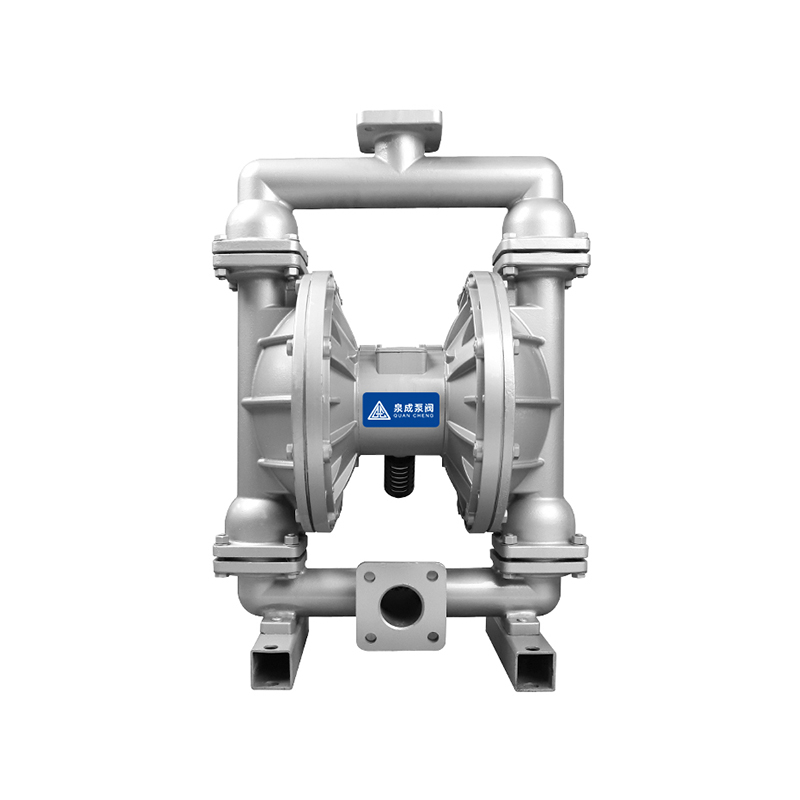
 浙公网安备33032402001888号
浙公网安备33032402001888号
